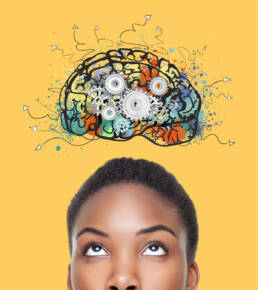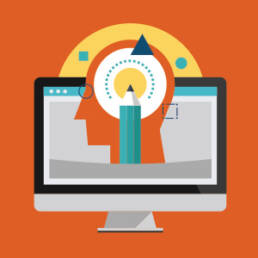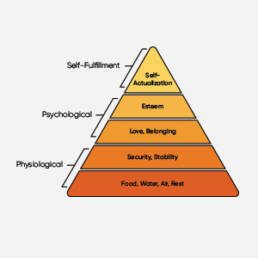
insider insights
psychology in design
Don’t Overlook Psychology in Your Web Design
How can psychology make or break your web design, and what three psychological principles can help you create an effective user experience?
How Maslow’s Hierarchy of Needs Inspires Our Approach to Web Design
How can Maslow’s hierarchy of needs help our work in human-centered web design? In many ways, it turns out.
Five Lessons from Cognitive Science to Boost Website Usability
Most of us are overloaded with information. How can cognitive science help your website become part of the solution?
the trifecta
usability
Don’t miss our recent tips that have roots in psychology: Cowan’s theory, the Von Restorff effect, serial position effect, progressive disclosure, and Hick’s Law. Wow, that is a mouthful! We’re not done yet though. Keep an eye out for Hick’s Law, Miller’s law and Fitt’s law this month.
design
Color can evoke different emotions and even play tricks on your mind! Do you think the color in the center is the same color or different?

technology
Why should you care about psychology and UX? “A good UX team can cut developer lead time by almost 15%.” – Institute of Electrical and Electronics Engine
mental memo from Aline
This month, we focus on the important role of psychology in design and the user experience. As a psychology major in college, I’ve always found it fascinating to think about how people interact with web design and how content and design can serve the purpose of informing people.
In fact, the name Astriata is inspired by the striatum, a part of the brain associated with decision-making, motivation, cognition, and emotion. These aspects play an important role in the user experience and are areas that we strive to target and guide through human insights, data, design, and technology.
I hope you enjoy our articles this month – and send a special thanks to our content expert, Norbou Buchler, Ph.D., a cognitive scientist who shares guidance from his field in our article “Five Lessons from Cognitive Science to Boost Website Usability.” Don’t miss it!
Enjoy, stay well – and when it comes to usability, design, and technology, stay intentional.
![]()
Aline, Astriata CEO & Creative Director
project focus

In a recent project for our long-time client, the National Library of Medicine, we created a virtual exhibit for Emotions & Disease. The exhibit explores the fascinating history of how doctors and society conceive of and approach connections between the mind and body. Visit the online exhibit.
cerebral matters
Curated resources that bring light to intriguing topics.
Find a trove of great articles on psychology and UX at one of our favorite online resources: Nielsen Norman Group. And here’s some trivia – Jakob Nielsen, known as “the guru of web page usability,” has a couple of laws named after him, including Jakob’s law, which states that a user’s expectation of an experience is based on past experiences. Likewise, Nielsen’s co-founder, Don Norman, has touched your life in one way or another. He joined Apple in 1993 as a user experience architect. This represents the first use of the phrase in a job title!
resources to remember
“5 Digital Trends to Focus on in 2022”
Download our guide – and discover how to improve member experience and drive recruitment in your alliance or professional organization.


